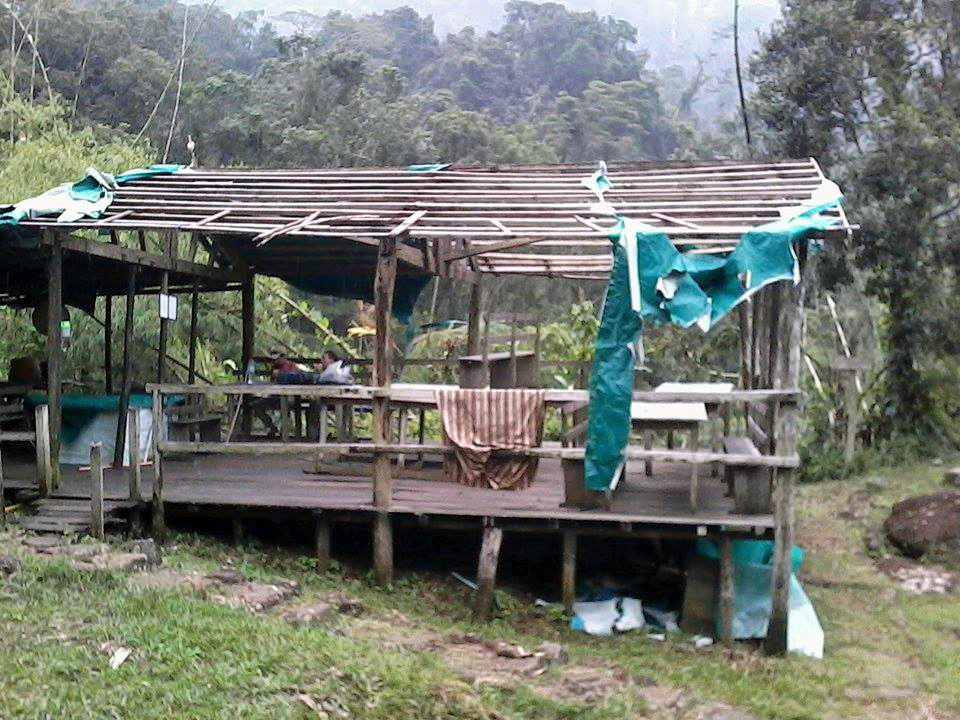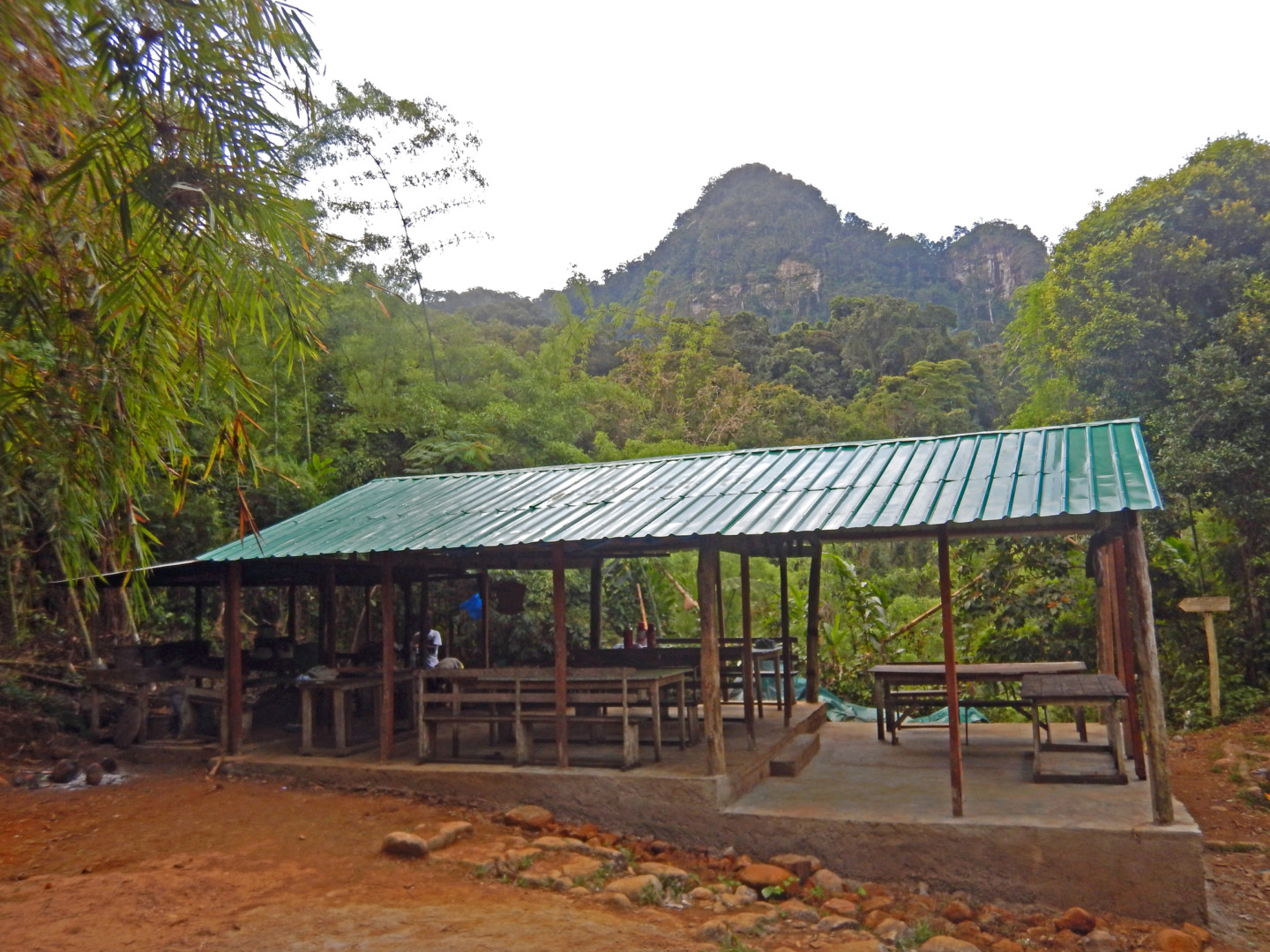Dr. Erik R. Patel, Conservation and Research Director
November 12, 2021
The reconstruction is completed of the large kitchen and dining area at Camp Marojejia (Camp 2) of Marojejy National Park. Thanks to a grant from Conservation Allies, LCF has organized, coordinated, funded, and monitored the 5-month construction of the expanded building into a steep rock face which offers spectacular views of Marojejy’s mountains. The previous building had become completely unusable due to rotting wood and several people had been injured. Eco-Tourism, a primary objective of the Lemur Action Plan, has declined in Marojejy nearly every year for the past six years partly due to failing infrastructure. This is one of the most visited camps in northeastern Madagascar, and one of the only locations where tourists can easily observe silky sifakas in primary forest. This camp has long been considered one of the most spectacular in Madagascar. Last year, thanks to a grant from Seacology, we also rebuilt the dining area, bungalows, and toilet/shower buildings at Camp Mantella (Camp 1). Over a hundred people earned salaries through these construction projects.

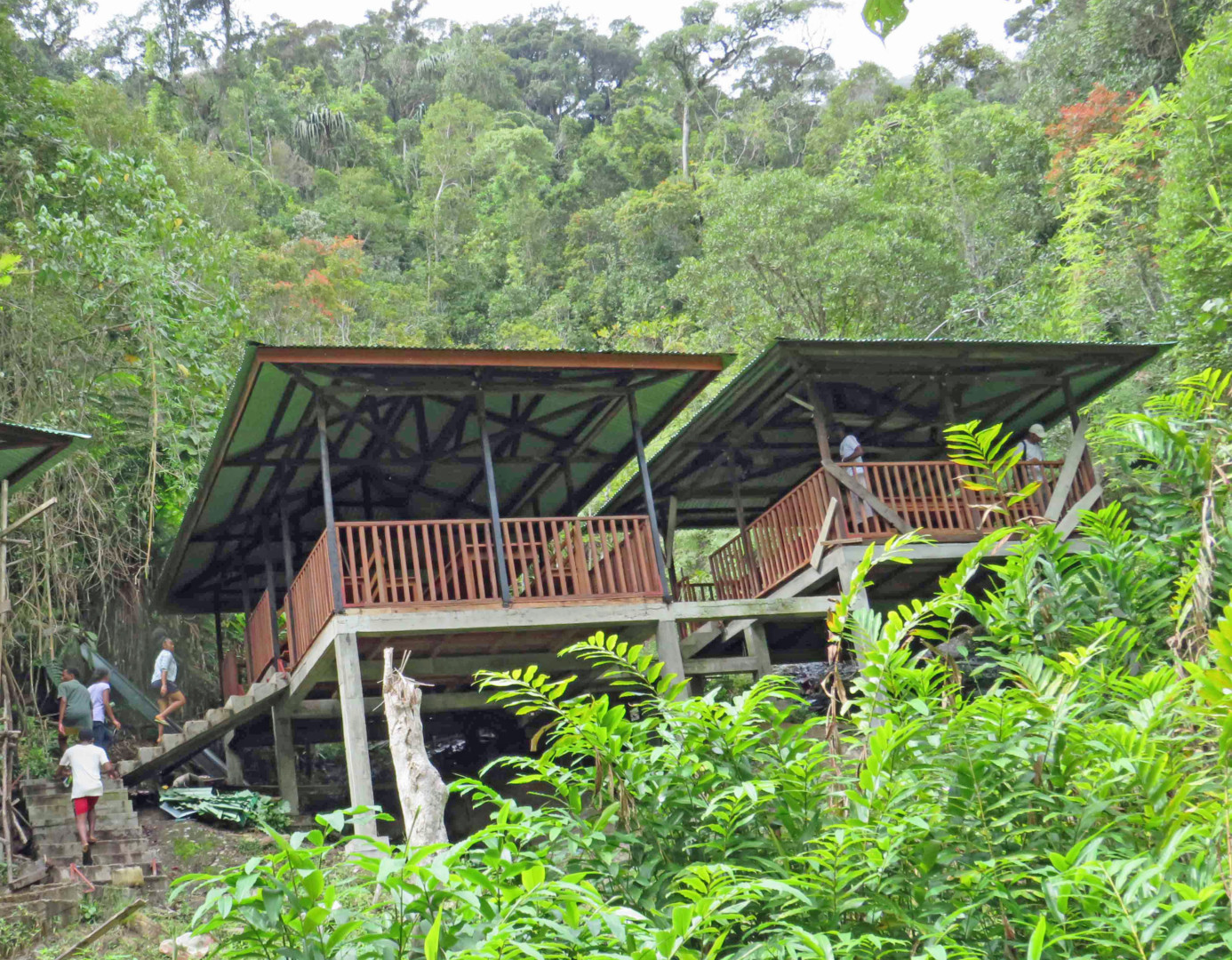
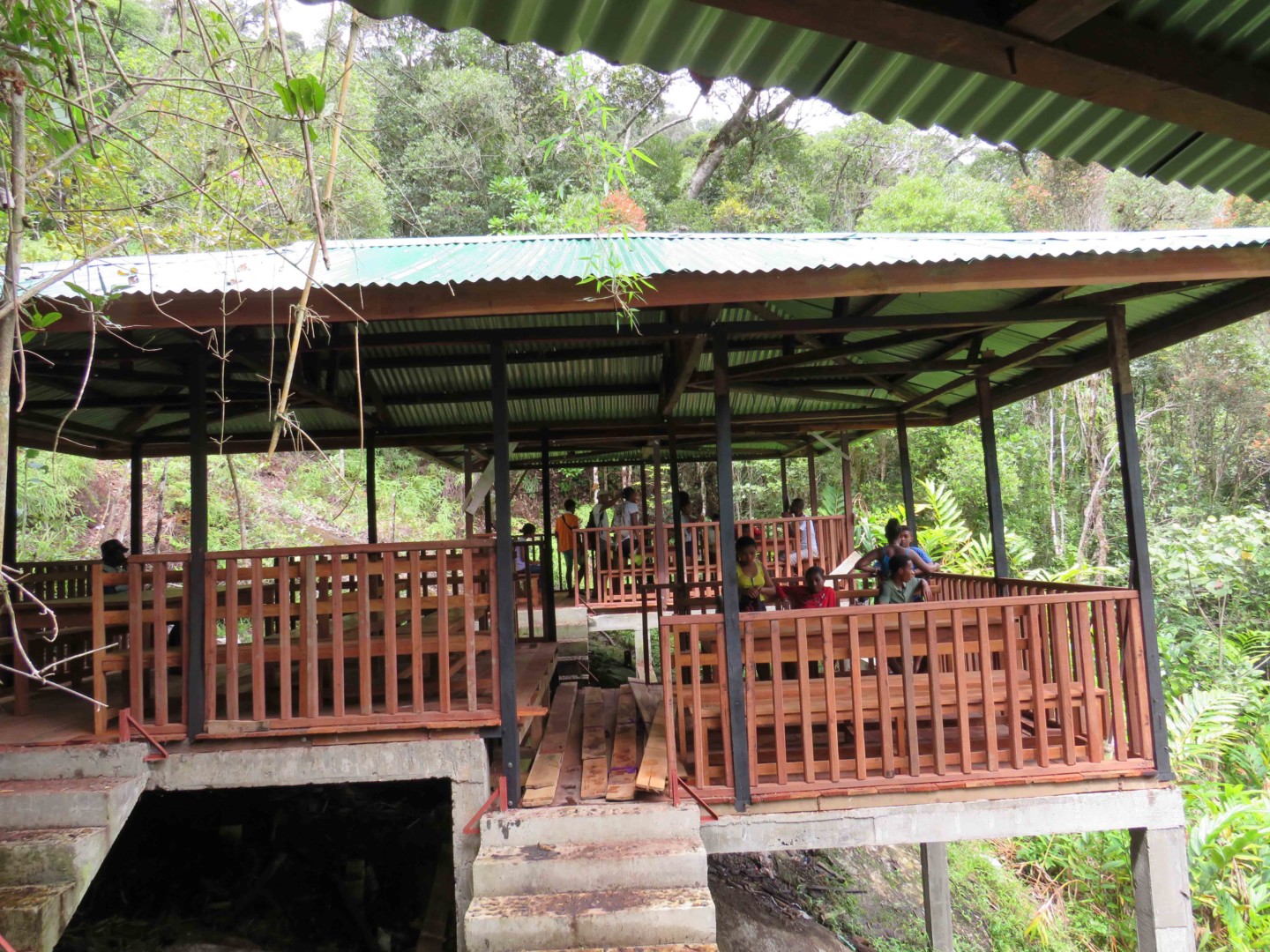
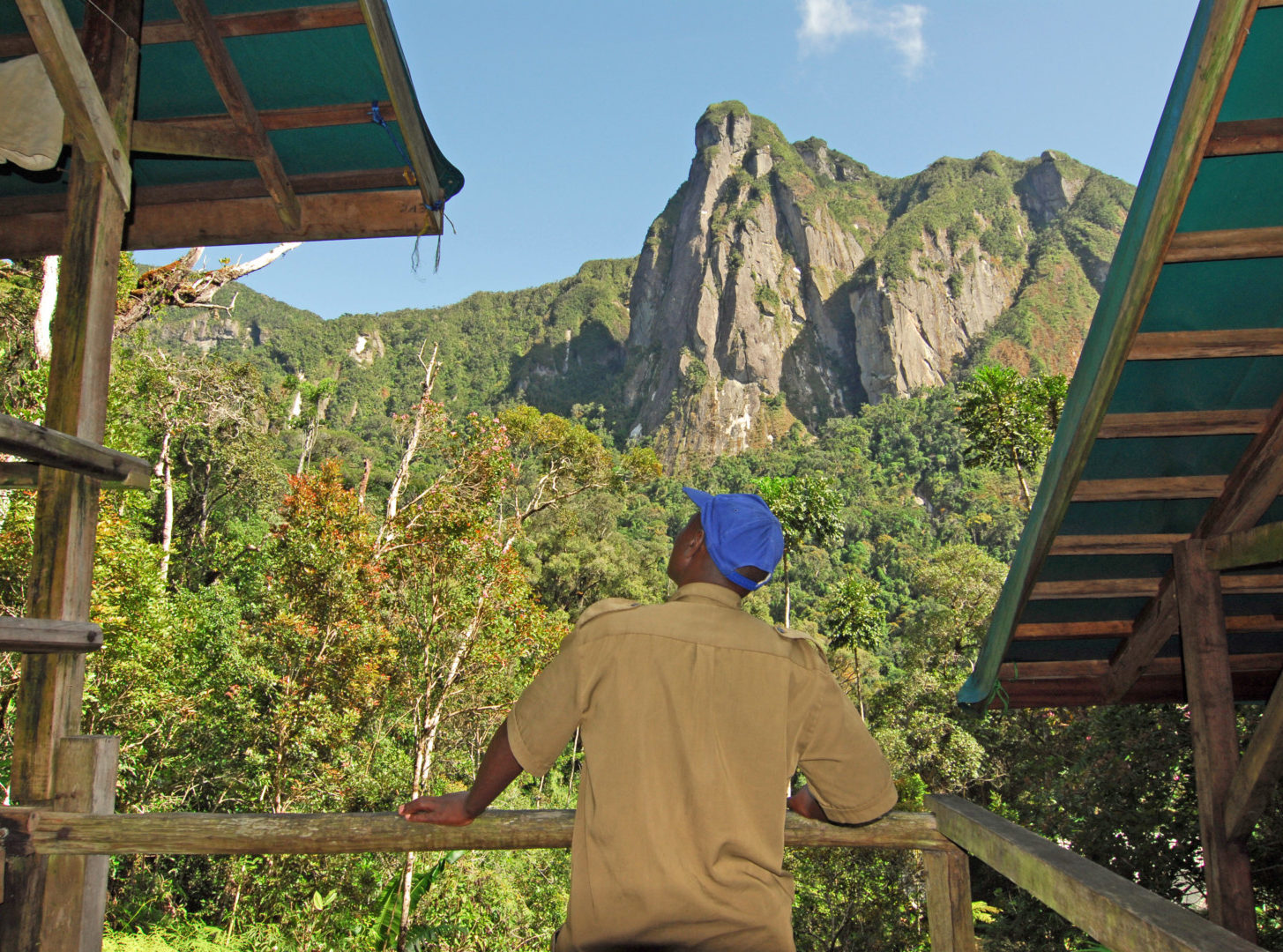
Silky Sifakas at Camp Marojejia (left: alloparental care, right: adult male with skin depigmentation characteristic of the species), pics by Jeff Gibbs:
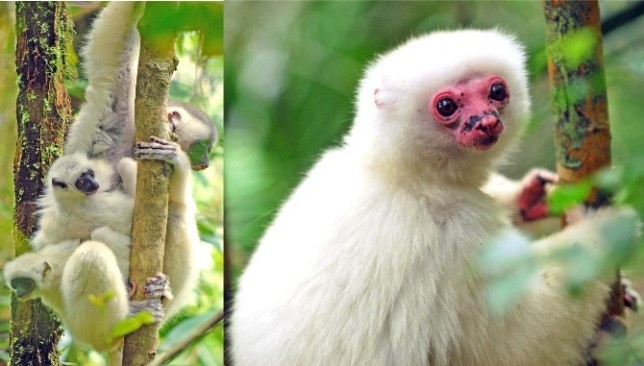
Last year, thanks to a grant from Conservation Allies, LCF rebuilt the toilet and shower buildings at Camp Marojejia as well:
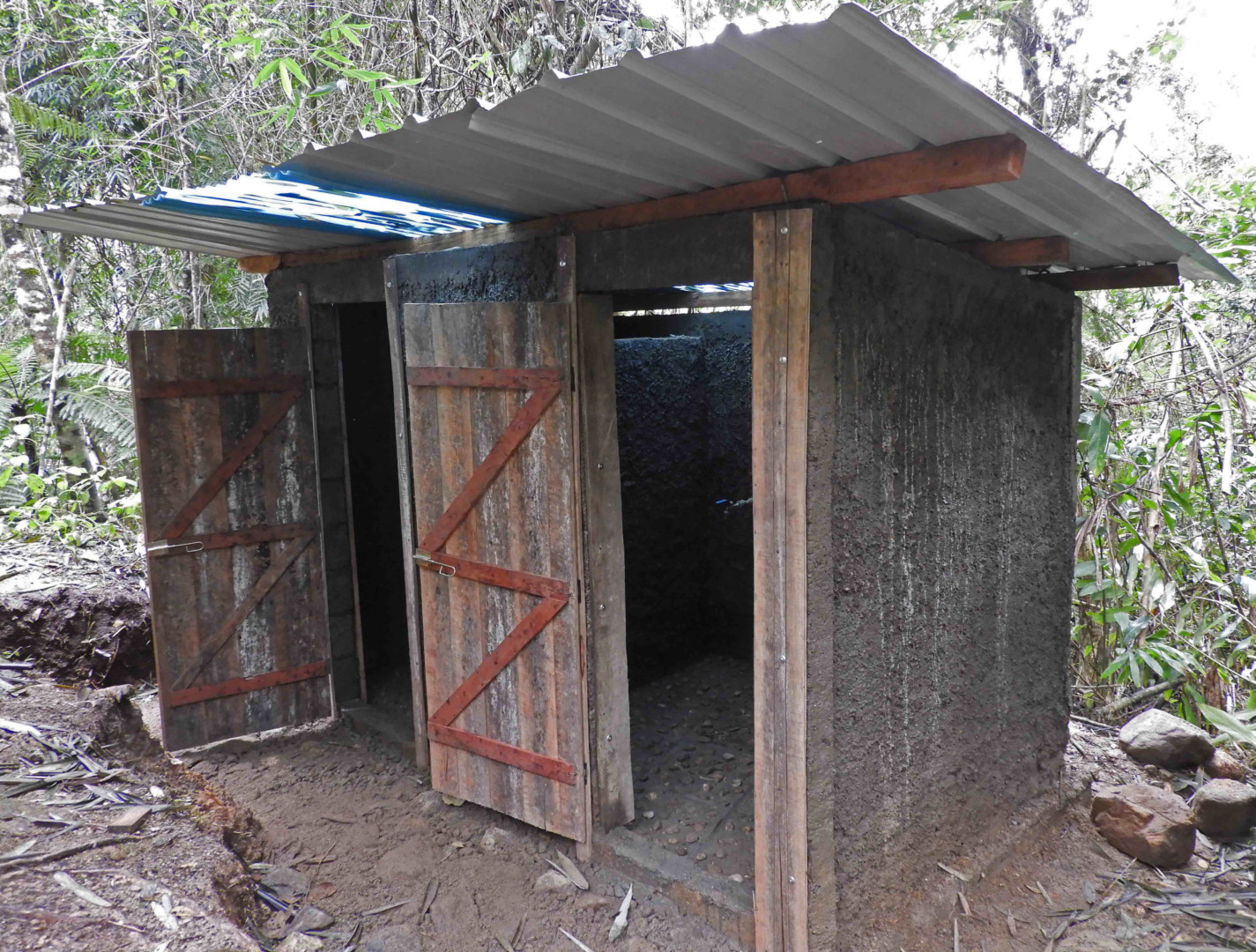


In 2019 and 2020, our team rebuilt four bungalows and the toilet/shower buildings at Camp Mantella (Camp 1) in Marojejy National Park, thanks to a grant from Seacology to the Mandena community.
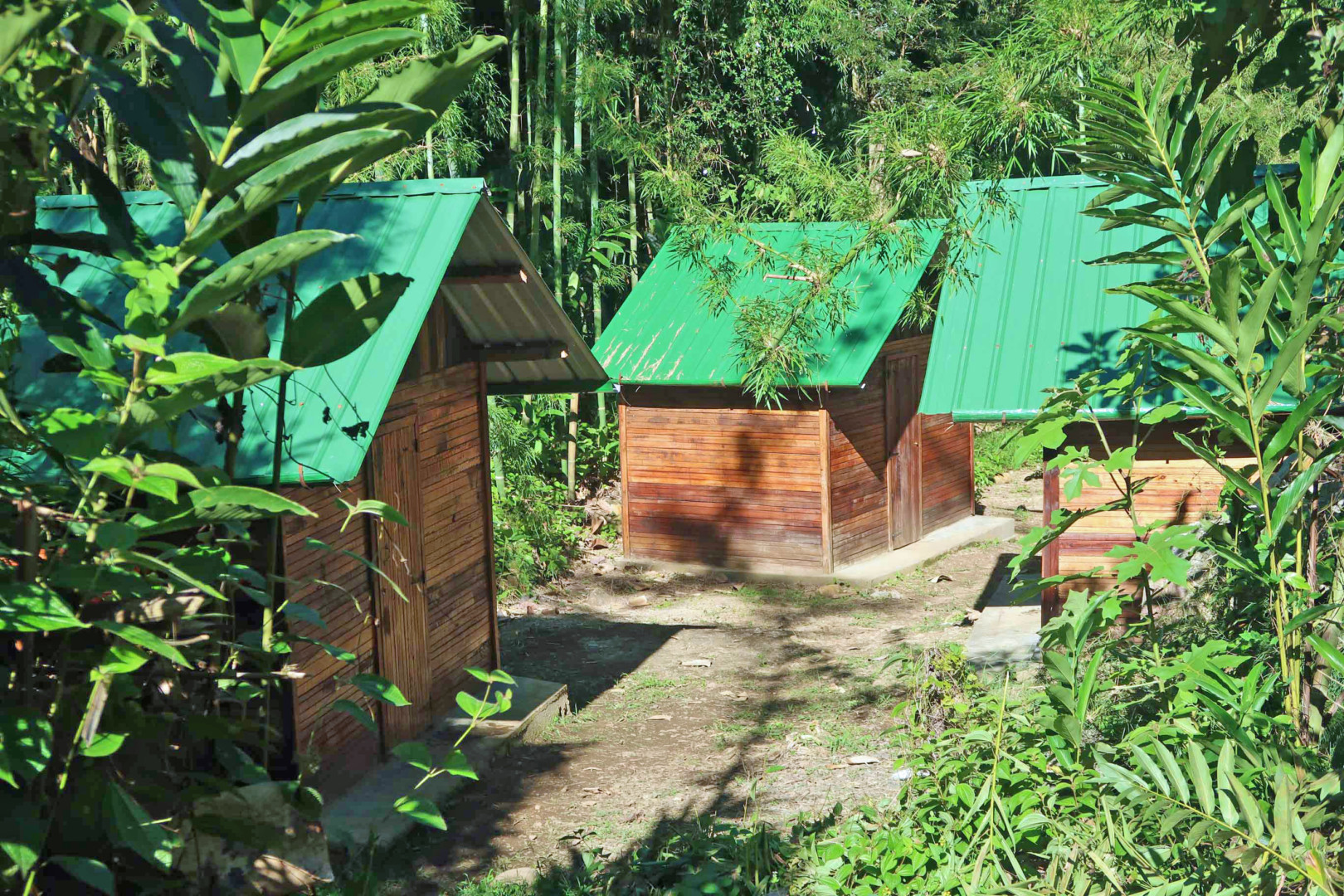
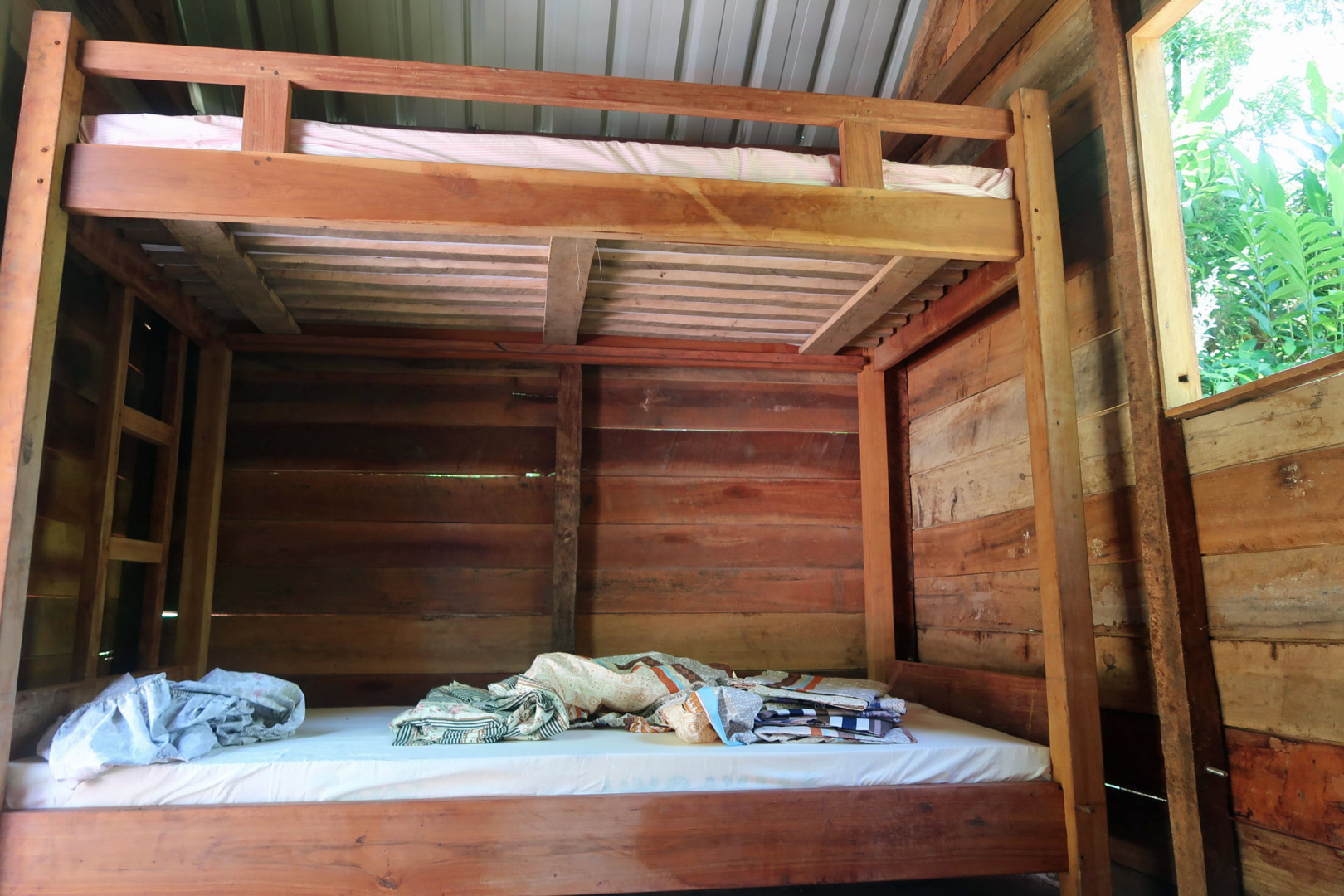
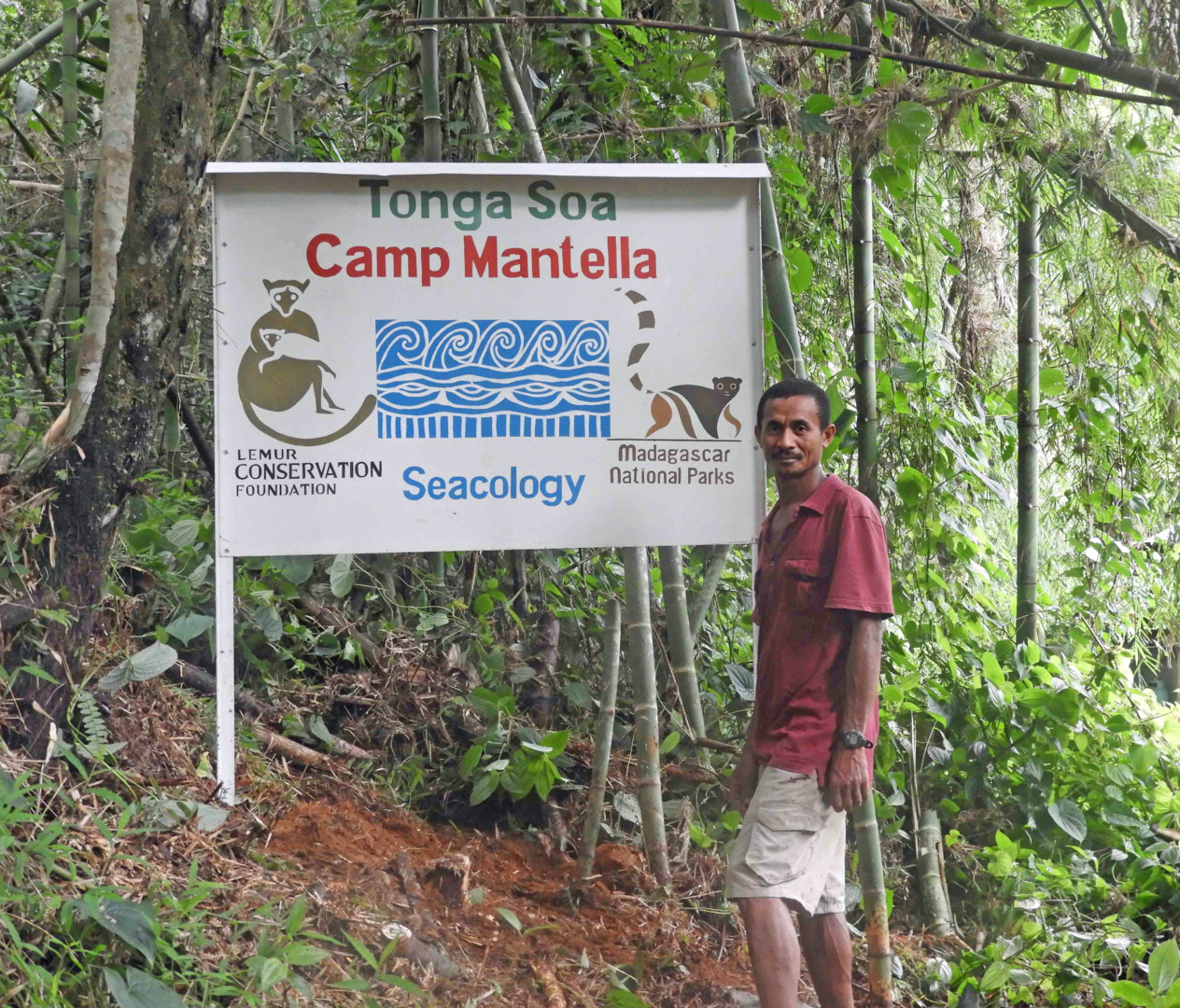
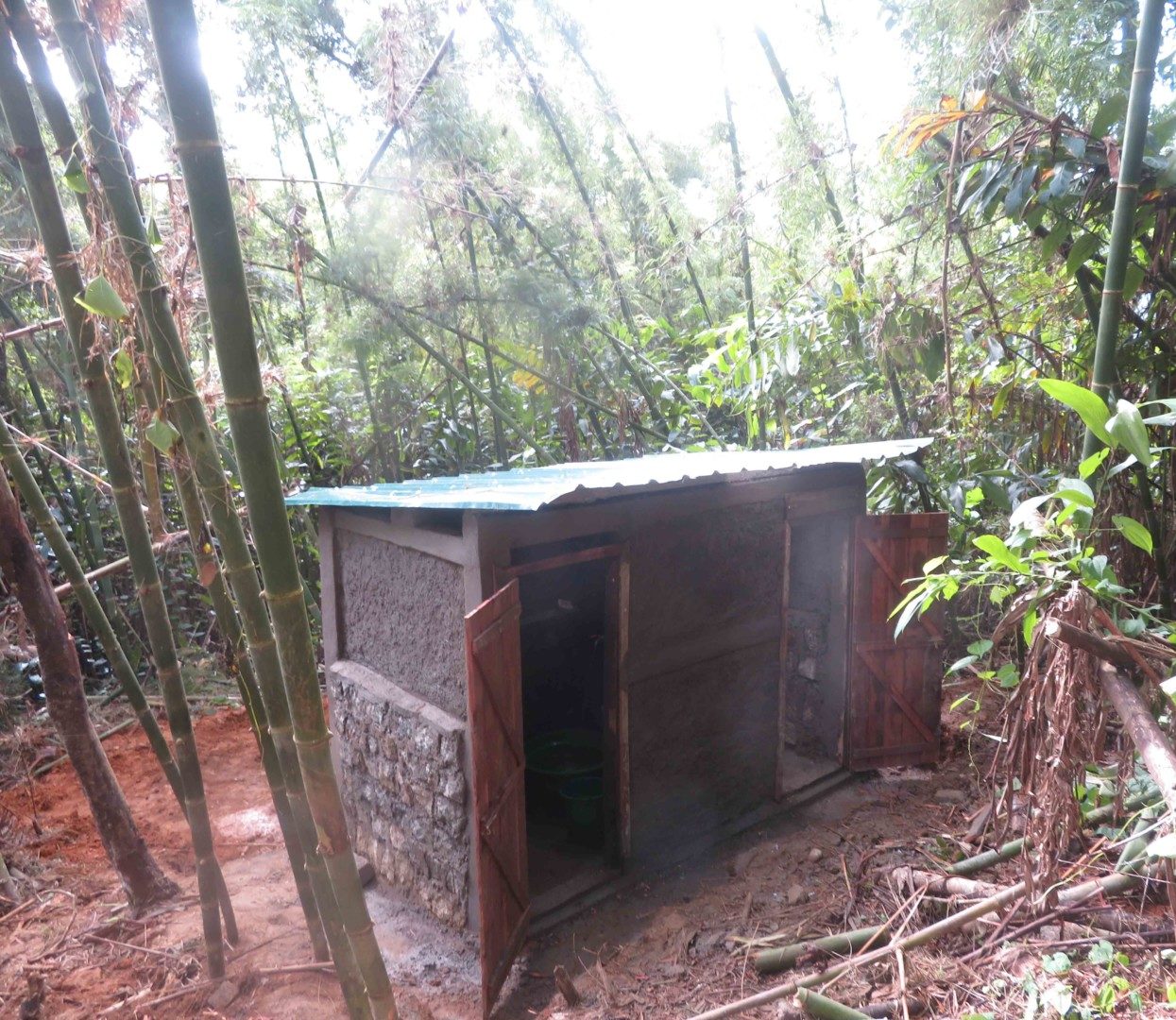
In 2019, thanks in part to a grant from Seneca Park Zoo Docents, we rebuilt the dining area at Camp Mantella (Camp 1) in Marojejy National Park which had been badly damaged by Cyclone Enawo:
